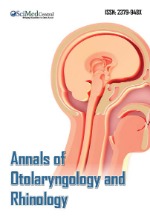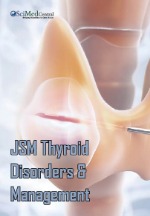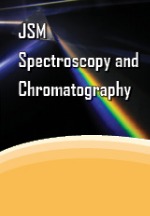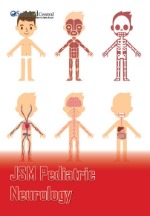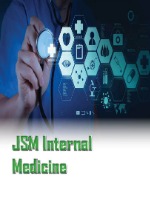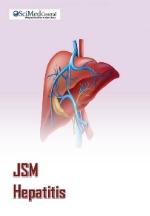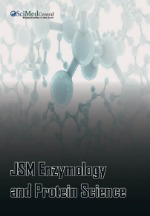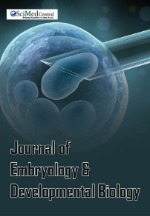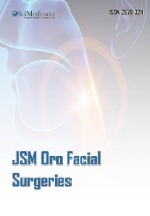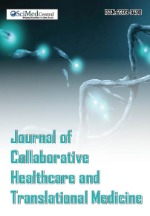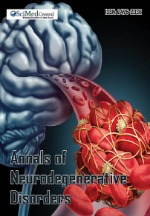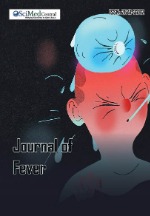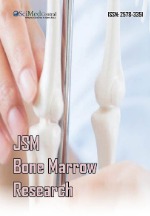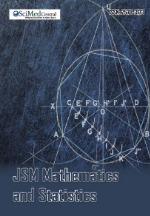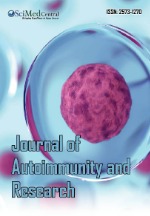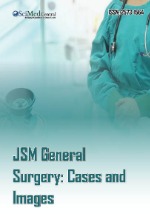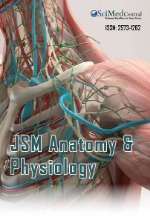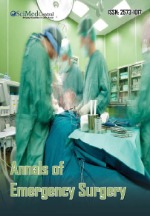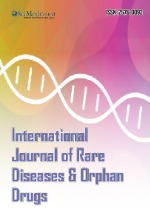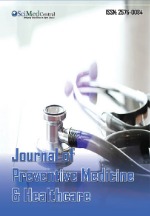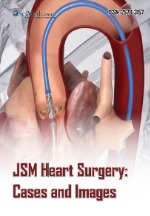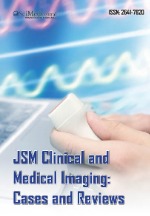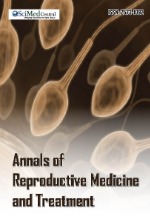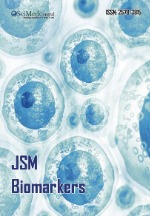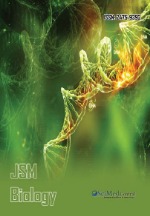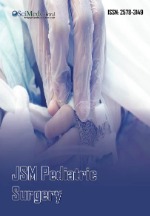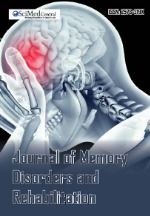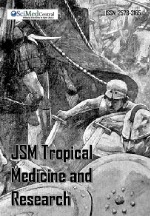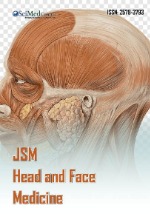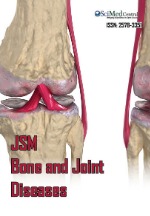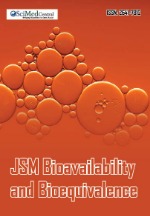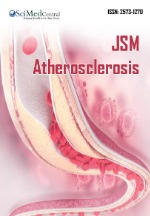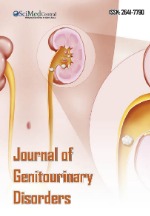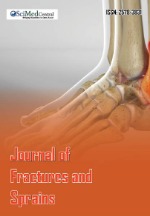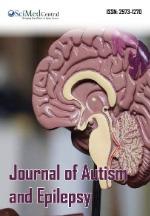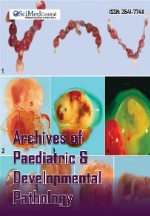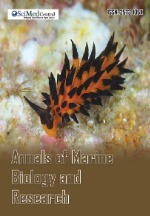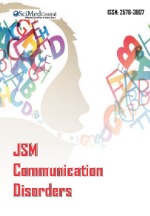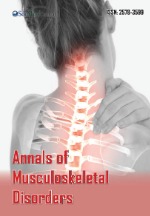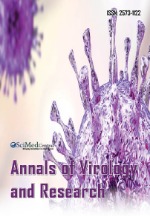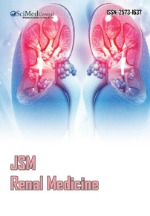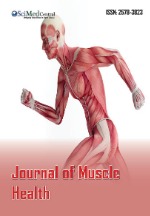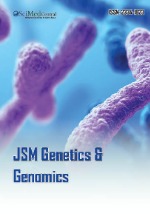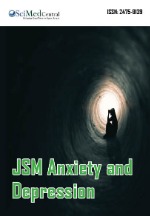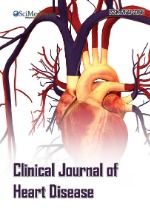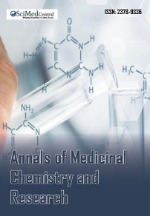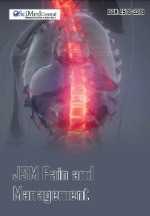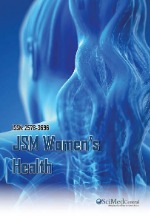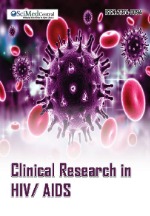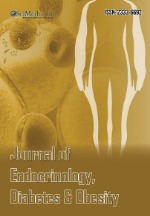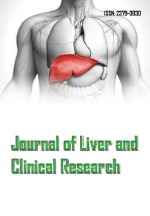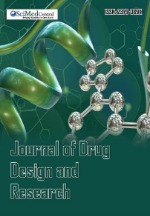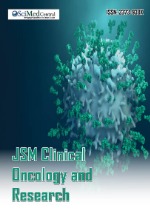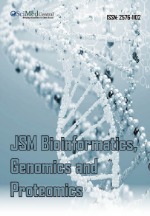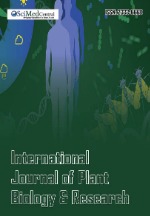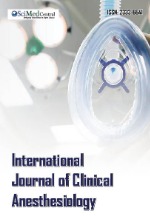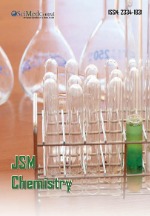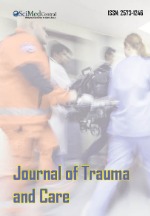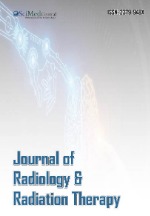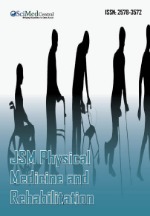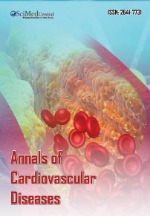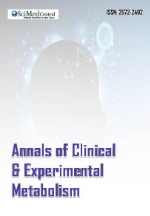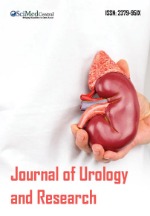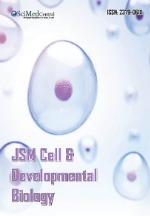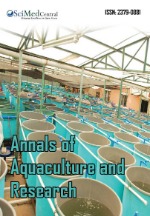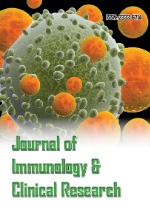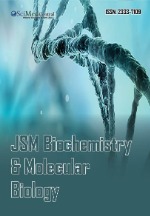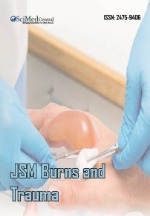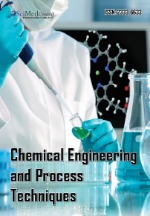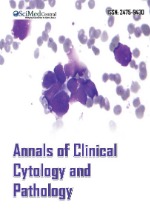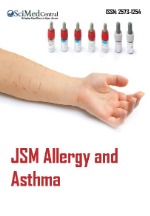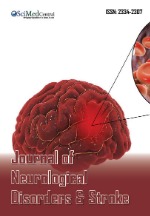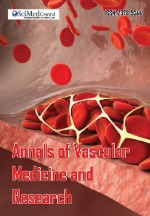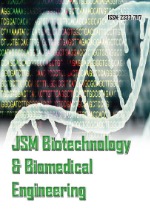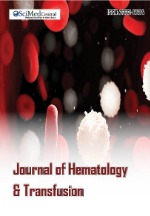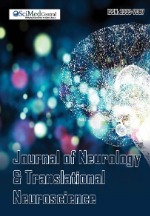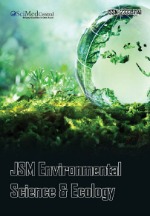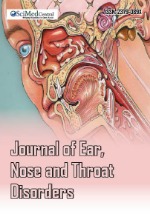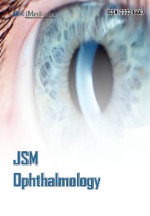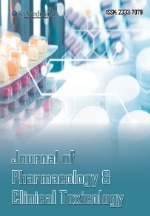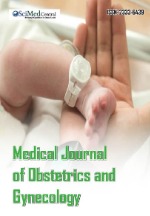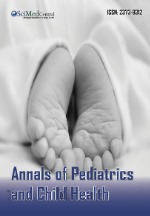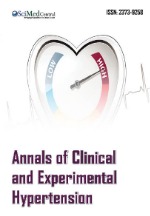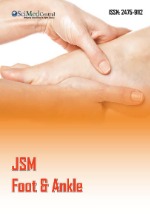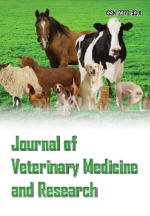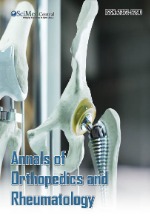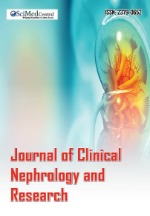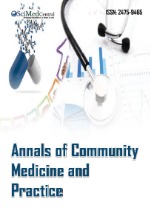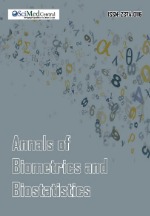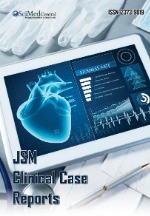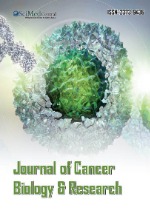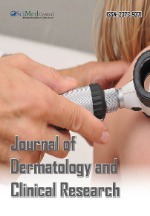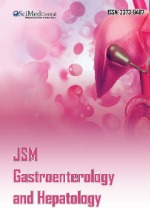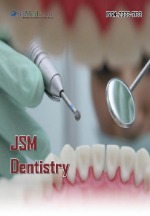Cystic Lung: A New Observation
- 1. Department of Pneumology, Hôpital 20-Août, Morocco
KEYWORDS
- lymphagiomyomatosis
- Pulmonary cysts
- Cystic lung
- CT scan
- m-TOR inhibitors
CITATION
El Khattabi W, Cherkaoui R, Arfaoui H, Nahidi M, Afif H. (2023) Cystic Lung: A New Observation. Clin Res Pulmonol 9(1): 1055.
OBSERVATION
Miss H.N., aged 39, has no toxic habits. She has been followed up since childhood for tuberous sclerosis of Bourneville (TBS), which was retained in view of the skin involvement. She reported chronic dyspnoea for about ten years. She was hospitalized twice for a spontaneous pneumothorax with a tilt, drained, the last episode was 2 years ago.
She presented to the clinic with sudden onset of right chest pain with dry cough and worsening dyspnoea which had become resting.
On examination, the patient was conscious, apyretic and dyspneic at rest. Her arterial saturation was 89% on fresh air and 94% on 4l oxygen. She was polypneic at 40 cycles/min with obvious signs of respiratory struggle (nasal flaring, supra-sternal and intercostal pulling), her heart rate was 131/min and her blood pressure 100/70 mmHg.
The pleuropulmonary examination revealed a right basithoracic air effusion syndrome. The skin examination revealed typical skin lesions of BTS:
- Multiple nail fibromas on the fingers and toes (Figure 1)
Figure 1 Periungual fibroids in the toes and fingers (black arrows)
- Angiofibromas of the nasolabial folds and shagreen spots on the face (Figure 2)
Figure 2 Angiofibroma of the nasolabial folds (green arrows) / grief spots (red arrows).
The rest of the somatic examination was unremarkable.
Chest X-ray showed a right basithoracic encysted pneumothorax associated with diffuse bilateral reticular infiltrates (Figure 3).

Figure 3 Right septate pneumothorax (white arrow), bilateral diffuse reticular infiltrate.
Chest CT confirmed the pneumothorax with a cystic appearance of the lung giving a “lace lung” appearance consistent with lymphangiomyomatosis (LAM) (Figure 4).
Figure 4 Right septate pneumothorax, multiple diffuse bilateral cystic lesions with a “lacy lung” appearance associated with diffuse ground glass.
On gasometry, there was severe hypoxaemia (PaO2: 40 mmHg). Cardiac ultrasound was consistent with moderate pulmonary hypertension estimated at 45mmHg. Abdominal and pelvic CT showed a heterogeneous mass with fat and tissue density in both kidneys suggestive of giant angiomyolipomas (Figure 5). Off-line lung function tests and brain MRI could not be performed due to the significant dyspnea caused by the occurrence of the pneumothorax, although minimal, on a pathological lung.
Figure 5 Abdominal CT scan showing heterogeneous masses with fat and tissue density in both kidneys suggestive of giant angiomyolipomas (black arrows).
The diagnosis chosen was: A definite lymphagiomyomatosis (LAM) in view of the characteristic scannographic lesions and renal and hepatic angiomyolipomas in a woman in the genital period (Table 1).
| efinite LAM |
I Characteristic or compatible lung H RCT. and lung biopsy fitting the pathological criteria for LAM; or 2. Characteristic lung HRCT and any Of the following: angiomyolipoma (kidney): thoracic or abdominal chylous effusion; lymphangioleiomyoma or lymph-node involved by LA M: Definite or probable TSC |
| Probable LAM | I Characteristic HRCT and compatible clinical history; or 2. Compatible HRCT and any of following: angiomyolipoma (kidney); and thoracic or abdominal chylous effusion. |
| Possible LAM | Characteristic Or compatible |
Table 1 Diagnostic criteria for lymphangioleiomyomatosis according to European recommendations from reference (1).
Definite BTS with facial angiofibromas, pimpled patches, periungual fibromas, AML and renal angiomyolipomas (Table 2, Figure 6).
| MAJOR FEATURES | MINOR FEATURES | ||
| 1 | Hypomelanotic macules (?3, at least 5•mm diameter) | 1 | "Confetti- skin lesions |
| 2 | Angiofibromas (>3) or fibrous cephalic plaque | 2 | Dental enamel pits (>3) |
| 3 | Ungual fibromas (32) | 3 | Intraoral fibromas (>2) |
| 4 | Shagreen patch | 4 | Retinal achromatic patch |
| 5 | Multiple retinal hamartomas | 5 | Multiple renal cysts |
| 6 | Cortical dysolasias* | 6 | Nonrenal hamartomas |
| 7 | Subependymal nodules | ||
| 8 | Subependymal giant cell astrocytoma | ||
| 9 | Cardiac rhabdomyoma | ||
| 10 | Lymphangioleiomyomatosis (LAM)1 | ||
| 11 | Angiomyolis»mas | ||
Definite diagnosis: Two major features or ono major feature with minor features.
possible diagnosis: Either one major feature or minor features.
•Includes tubers and cerebral white matter radiat migration lines. tA combination of the two major clinical features (LAM and angiomyolipom.s) without other features does not criteria for a definite diagnosis;
SEGA. subependymal giant cell astrocytoma; SEN. subependymal nodule, •Majormani festation Of TSC.
• TOSCA - TuberOus SCIerosis Registry to Increase mease Avareness. TOSCA is a multicenter. international disease registry. structured retrospectively and prospectively collect patient and disease information in a large cohort Of patients with TSC.
Figure 6 Diagram showing the main manifestations of BTS (3).
The proposed treatment was strict rest with initiation of symptomatic treatment (oxygen therapy, bronchodilators ...). The pneumothorax regressed but the evolution was marked by the progressive deterioration of her respiratory condition with permanent dyspnea at rest and chronic respiratory failure. The patient was put on long-term oxygen therapy. The case was discussed with a Parisian reference center which indicated treatment with m-TOR inhibitors but this was not taken up due to the lack of availability in Morocco and the high cost. The patient died of respiratory failure 17 years after the onset of dyspnoea.
DISCUSSION
Lymphangioleiomyomatosis (LAM) is a rare lung disease characterised by a proliferation of smooth muscle cells that leads to the formation of multiple lung cysts. It occurs sporadically or as part of a genetic disease, Tuberous Sclerosis of Bourneville (TBS) [1]. AML is found almost exclusively in women during their reproductive years. AML cells in lung lesions and in renal angiomyolipomas express hormone receptors for oestrogen and progesterone on their surface [2].
AML is associated with mutation of the TSC1 and TSC2 genes, located on chromosomes 9q34 and 16p13 respectively, which code for the hamartin and tuberin proteins, respectively, which form a protein complex that inhibits the mTOR cell signalling pathway involved in cell growth and which has become the main therapeutic target (Figure 7) [3].
Figure 7 Simplified diagram of the m-TOR signaling pathway(8).
Bonetti et al reported in 1918 the first observation of a woman with BTS with lung involvement described as generalised emphysema associated with bilateral pneumothorax. The lung involvement was later identified and characterised by multiple thin-walled lung cysts associated with recurrent pneumothorax [4]. Chylothorax has also been reported.
The time between the first clinical manifestation and diagnosis is approximately 3-4 years [5]. Dyspnoea is an almost constant symptom. Progression to chronic respiratory failure is constant.
Extra-pulmonary involvement includes benign renal tumours, angiomyolipomas, as in our patient, and abdominal lymphatic masses, lymphangioleiomyomas.
Histological confirmation of AML is based on lung biopsy, most often performed under thoracoscopy. Recent data suggest that transbronchial biopsy (TBC) may be an interesting alternative, but the risk of pneumothorax limits its use [6]. As both are invasive procedures, the diagnosis of AML is based on clinical and radiological criteria [1].
The evolution is marked by the occurrence of acute respiratory episodes mainly due to pneumothorax. Some patients present a fatal evolution in a few years or rarely in less than a year. Other patients evolve more slowly and more classically over several decades as was the case in the present observation. Overall survival is estimated at 10 years after diagnosis, with other more recent series showing 15-year survival of 71% [7].
Treatment is mainly symptomatic. Hormonal treatments, particularly progesterone-based, were quickly abandoned in favour of mTOR inhibitors, which seem to slow the progression of the disease but are not yet recommended and are being discussed in the Reference Centre. Sirolimus should be considered in pre- menopausal women with declining lung function [8]. Surgical treatment is limited to thoracoscopy with talcation, which allows lung biopsies to be taken at the same time. Bipulmonary transplantation is indicated for advanced lung disease [9,10], but AML accounts for only 1% of all lung transplants in the international registry.
REFERENCES
- Johnson SR, Cordier JF, Lazor R, Cottin V, Costabel U, Harari S, et al. European Respiratory Society guidelines for the diagnosis and management of lymphangioleiomyomatosis. Eur Respir J. 2010; 35: 14-26.
- Logginidou H, Ao X, Russo I, Henske EP. Frequent estrogen and progesterone receptor immunoreactivity in renal angiomyolipomas from women with pulmonary lymphangioleiomyomatosis. Chest. 2000; 117: 25-30.
- Annear NMP, Appleton RE, Bassi Z, Bhatt R, Bolton PF, Crawford P, Crowe A, et al.Tuberous Sclerosis Complex (TSC): Expert Recommendations for Provision of Coordinated Care. Front Neurol. 2019; 10: 1116.
- Bonetti F, Chiodora PL. Pulmonary lymphangioleiomyomatosis and tuberous sclerosis : where is the border? Eur Respir J. 1996; 9: 399- 401.
- Johnson S. Lymphangioleiomyomatosis : clinical features, management and basic mechanisms. Thorax. 1999 ; 54: 254-264.
- Glaspole IN, Wells AU, du Bois RM. Lung biopsy in diffuse parenchymal lung disease. Monaldi Arch Chest Dis. 2001; 56: 225-232.
- Urban T, Lazor R, Lacronique J, Murris M, Labrune S, Valeyre D, et al. Pulmonary lymphangioleiomyomatosis. A study of 69 patients. Groupe d’Etudes et de Recherche sur les Maladies ‘‘Orphelines’’ Pulmonaires (GERM ‘‘O’’ P). Medicine (Baltimore). 1999; 78: 321-337.
- Taveira-DaSilva AM, Julien-Williams P, Jones AM, Stylianou M, Moss J. Rates of Change in FEV1 and DLCO as Potential Indicators for mTOR Inhibitor Therapy in Premenopausal Lymphangioleiomyomatosis Patients. Eur Respir J. 2018; 51: 1702258.
- Franz DN, Brody A, Meyer C, Leonard J, Chuck G, Dabora S, et al. Mutational and radiographic analysis of pulmonary disease consistent with lymphangioleiomyomatosis and micronodular pneumocyte hyperplasia in women with tuberous sclerosis. Am J Respir Crit Care Med. 2001; 164: 661-668
- Mohammadieh AM, Bowler SD, Silverstone EJ, Glanville AR, Yates DH. Everolimus treatment of abdominal lymphangioleiomyoma in five women with sporadic lymphangioleiomyomatosis. Med J Aust. 2013; 199: 121-123.








